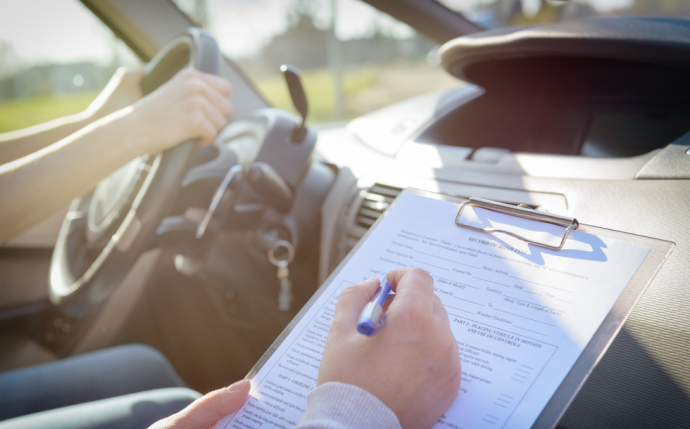Ontario’s advanced system of licensing has three different levels, each one of them with specific limitations. The three levels are G1, G2, and lastly the full G license.
Understanding all these stages is important as it will prevent you from unknowingly breaking the law. Below are the three stages and how they differ from one another.
Stage 1: The G1 license
The G1 license can simply be described as a learner’s permit. It is received after passing a written exam as well as an eye test. Some of its limitations include:
- Your blood-alcohol level should always be zero
- You should always drive in the company of a passenger that is fully licensed (for not less than 4 years) and whose blood-alcohol levels are below .05. However, if your accompanying passenger is below the age of 21, the level of their blood-alcohol should be zero
- No driving between twelve midnight and 5 a.m.
- No driving on expressways or 400-series highways
- All passengers must have their seatbelts on
Keep in mind that not following the above rules and restrictions could lead to license suspension. And in order to complete the G1 phase and proceed to the G2 phase, you have to pass a basic driving skills road test. The first test can be taken after one year of operating under the G1 license. However, if you manage to complete a government-approved course, you can take the first test after eight months.
Stage 2: The G2 license
This is a probational license. With this license, you can enjoy driving at any time of the day and night and you are not banned from highways. However, that is not to say that the G2 license does not have its limitations. Below are some of them:
- Your blood-alcohol levels should be zero
- All passengers must have their seatbelts on
- During the initial six months of driving under this license, drivers below the age of 19 should not carry more than a single passenger between 12 midnight and 5 a.m., not unless one of the passengers is fully licensed or all the carried passengers are all family members
To complete this second stage and move to the final stage, you must operate under this license for one year after which you are allowed to take your final road test.
Stage 3: The G license
After passing the G2 road test, you get awarded with a full limitation-free G license. The whole process takes about two years. Before getting this license, a driver must display smooth handling and operation of the car, as well as a proper understanding of traffic flow.
Once you have attained your full G license, you can’t be sent back through the licensing system. However, if you fail to stick to the rules and regulations of the road, you can have your license suspended.
Also, safe driving helps to prevent accidents and keeps your vehicle’s insurance rates lower. In fact, insurance quotes are normally lower for fully-licensed drivers.




